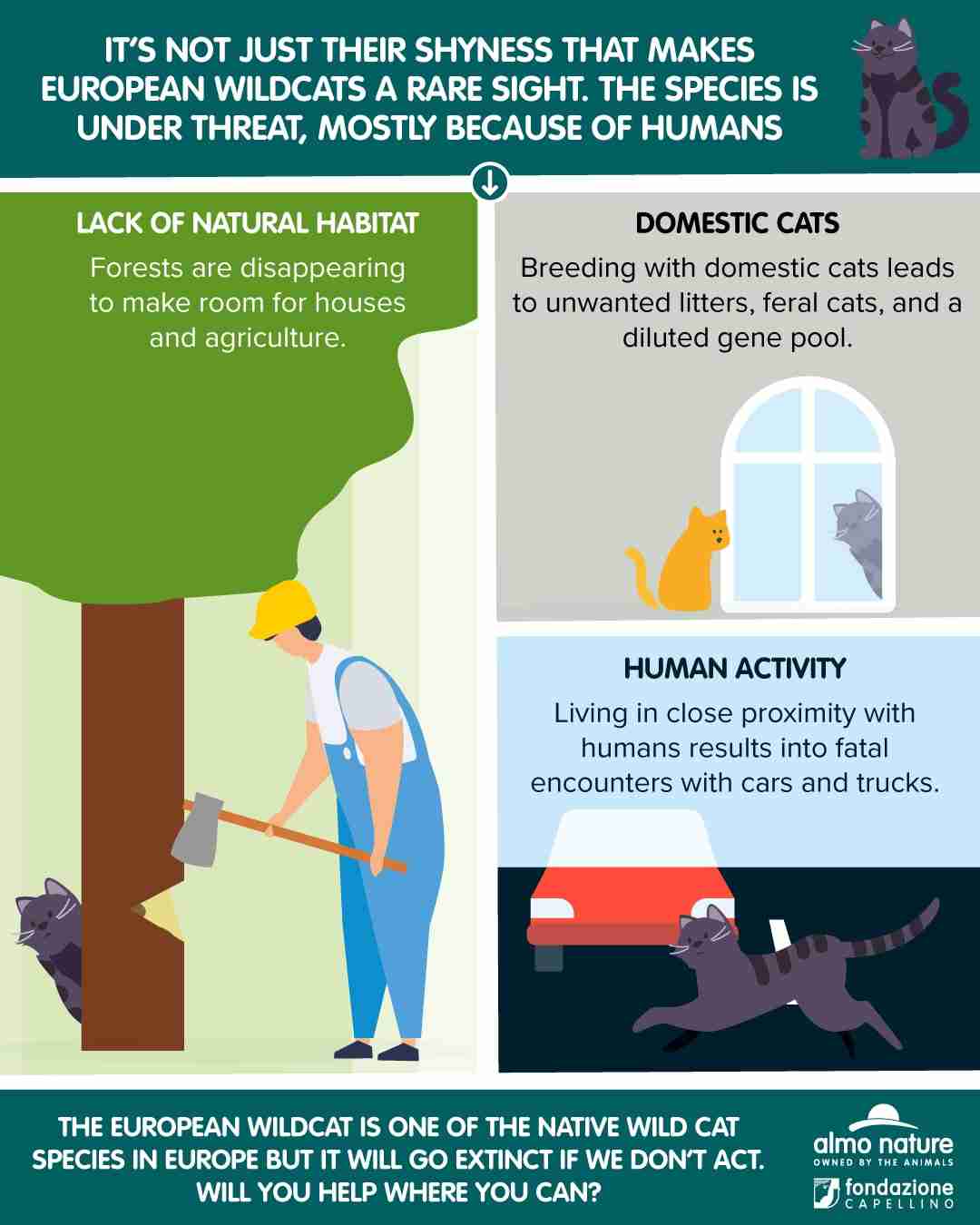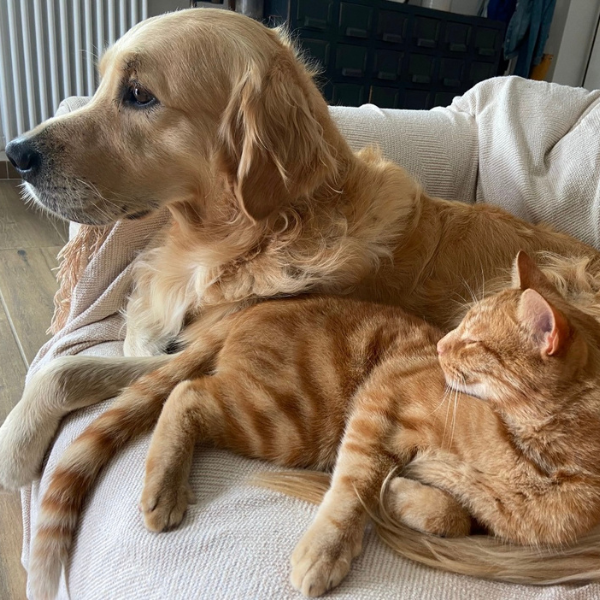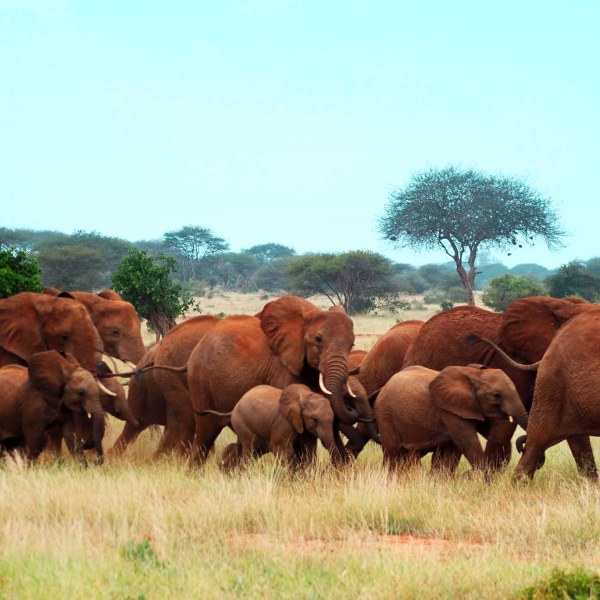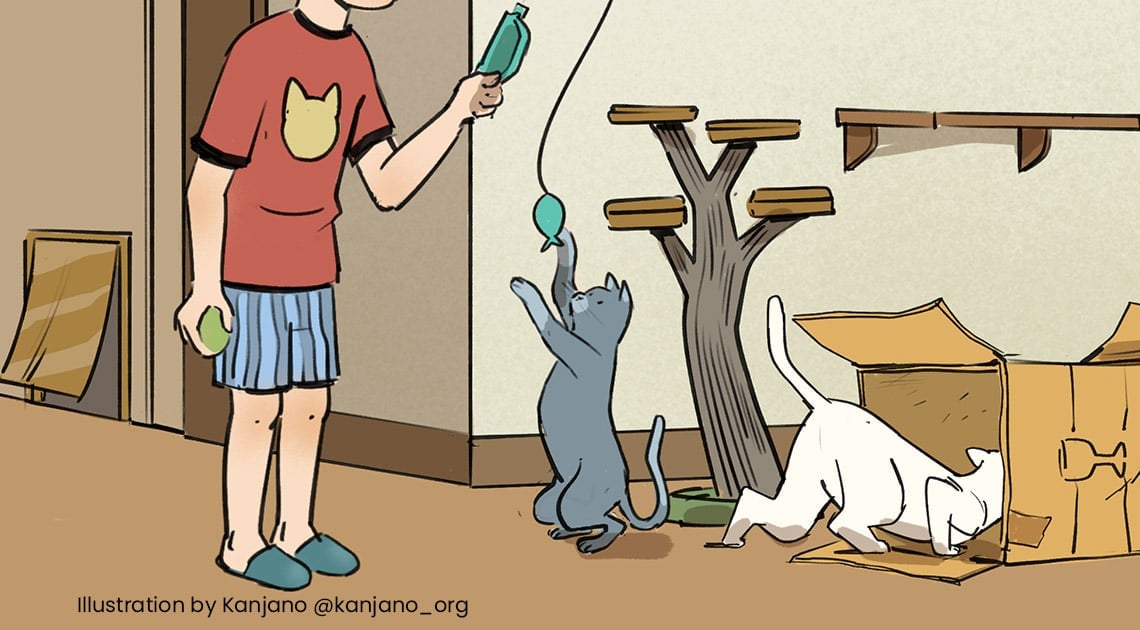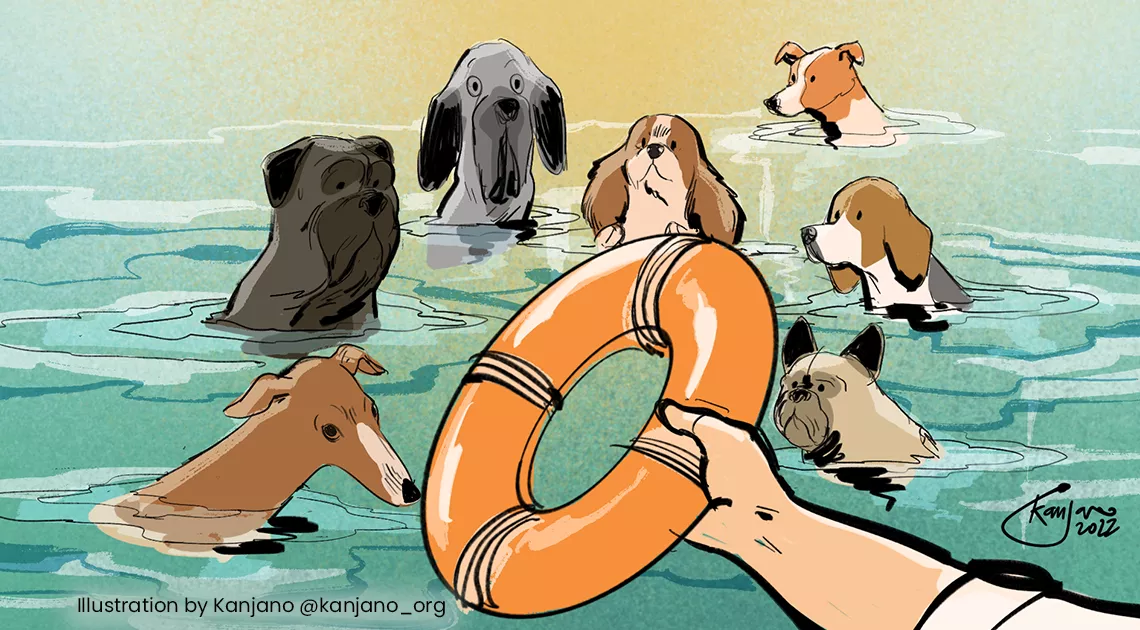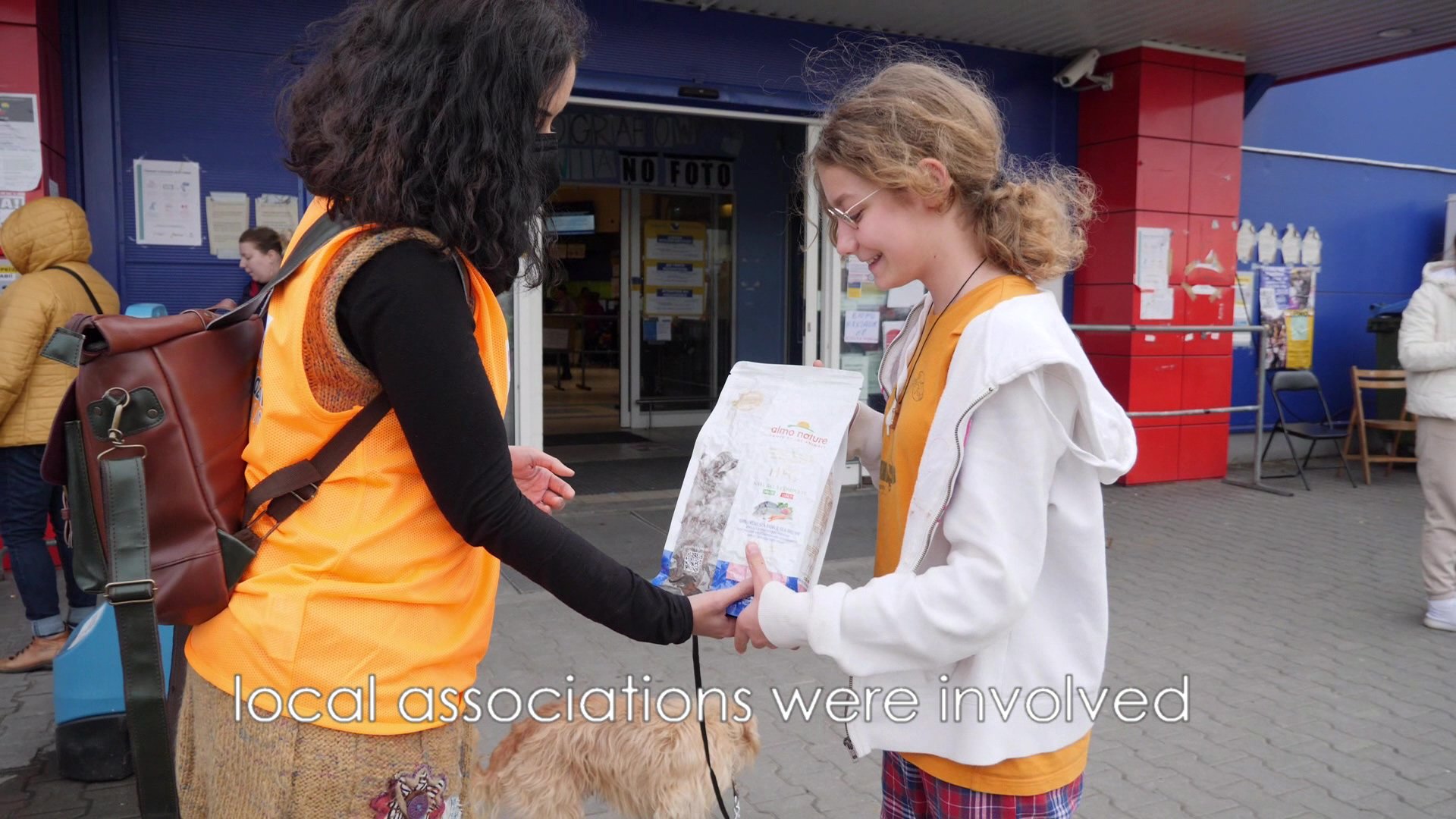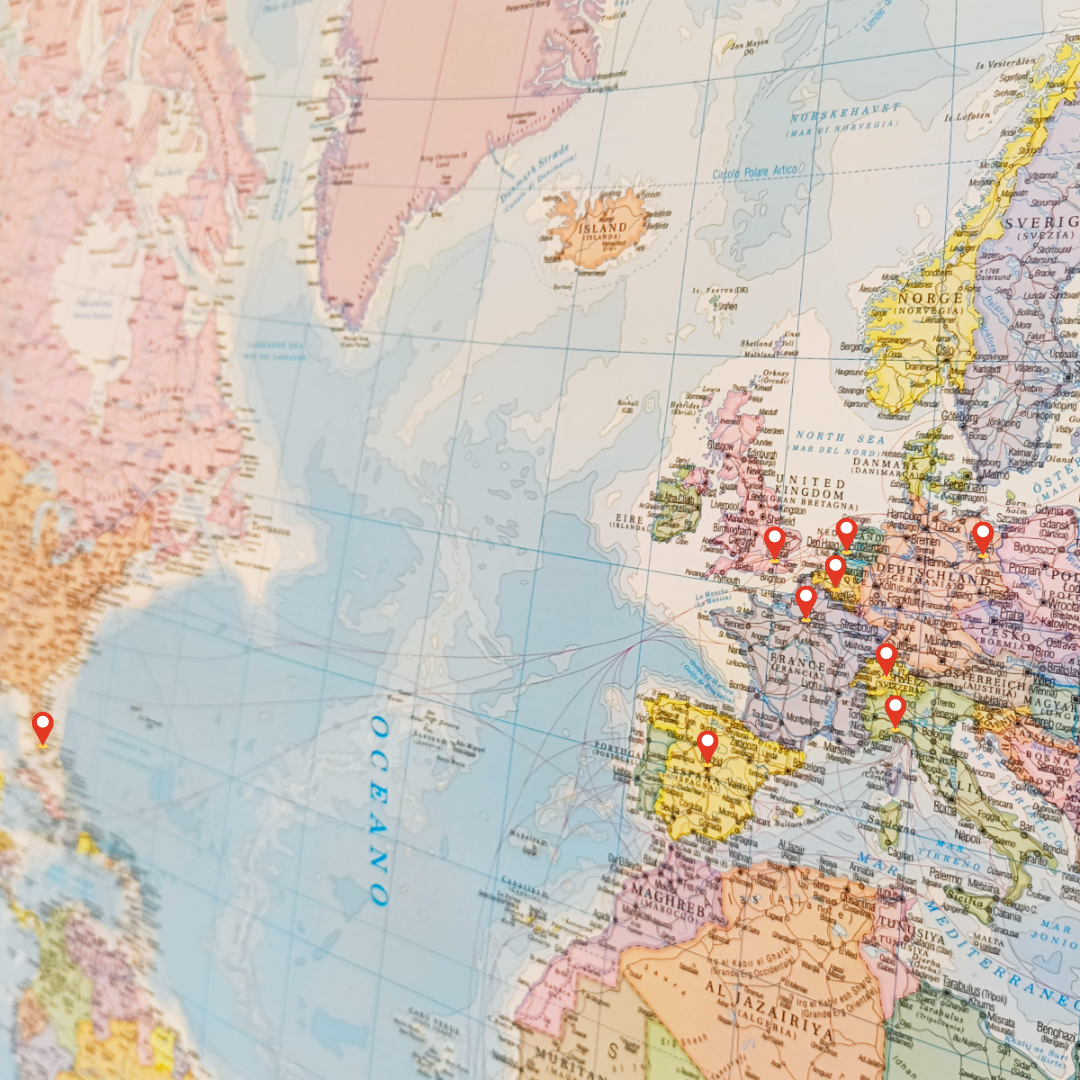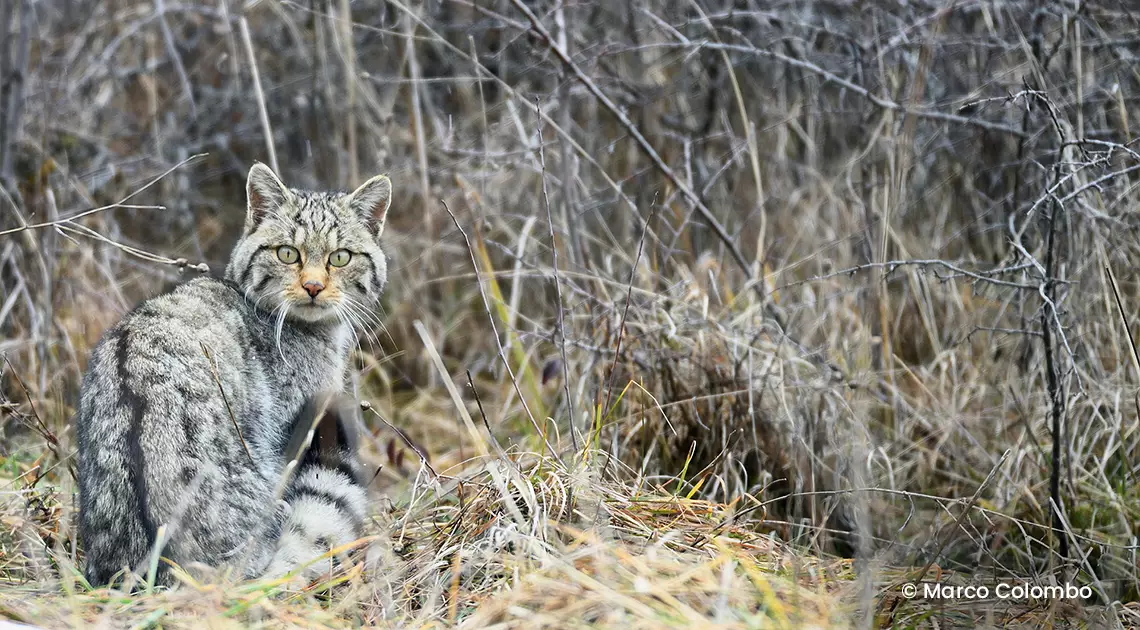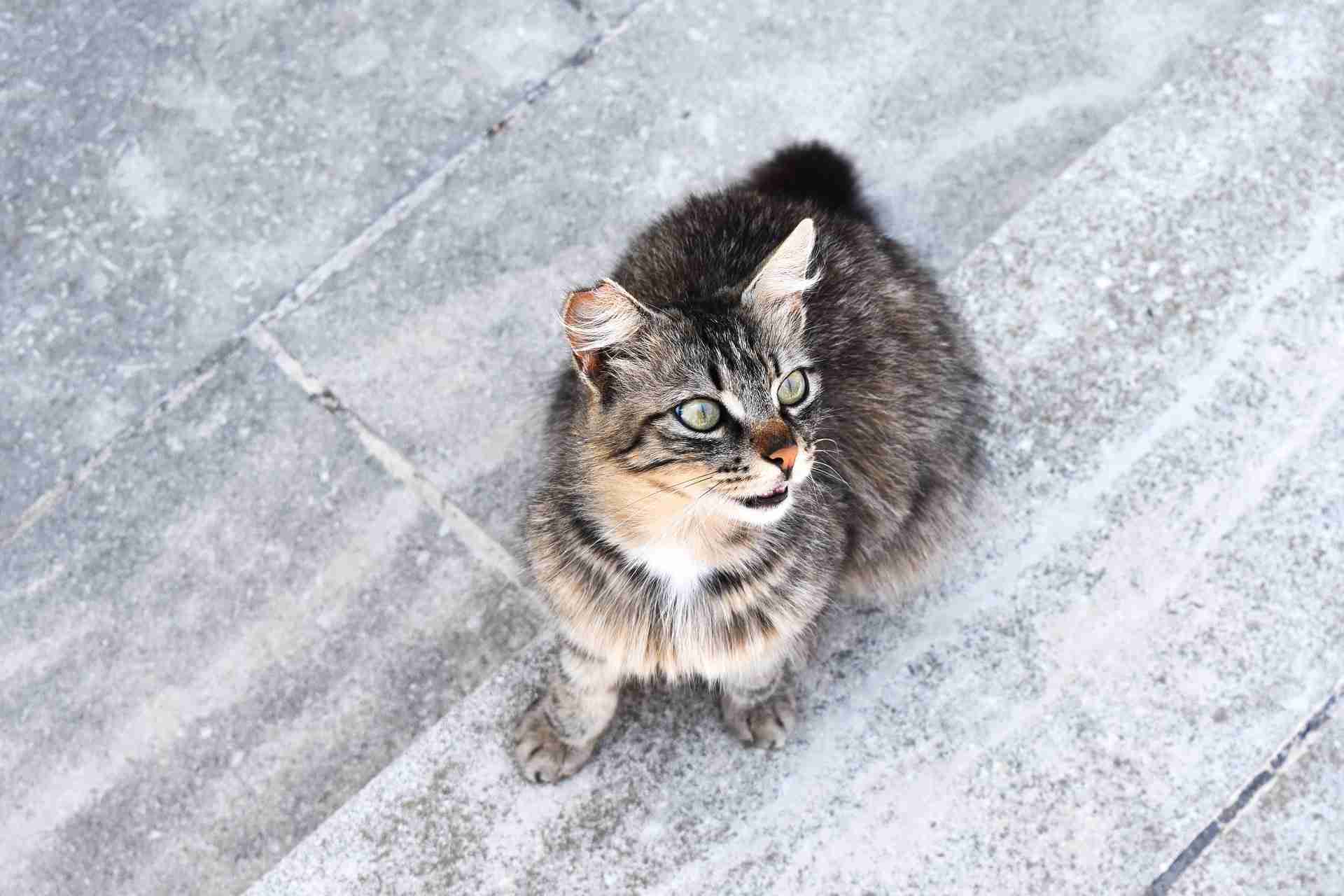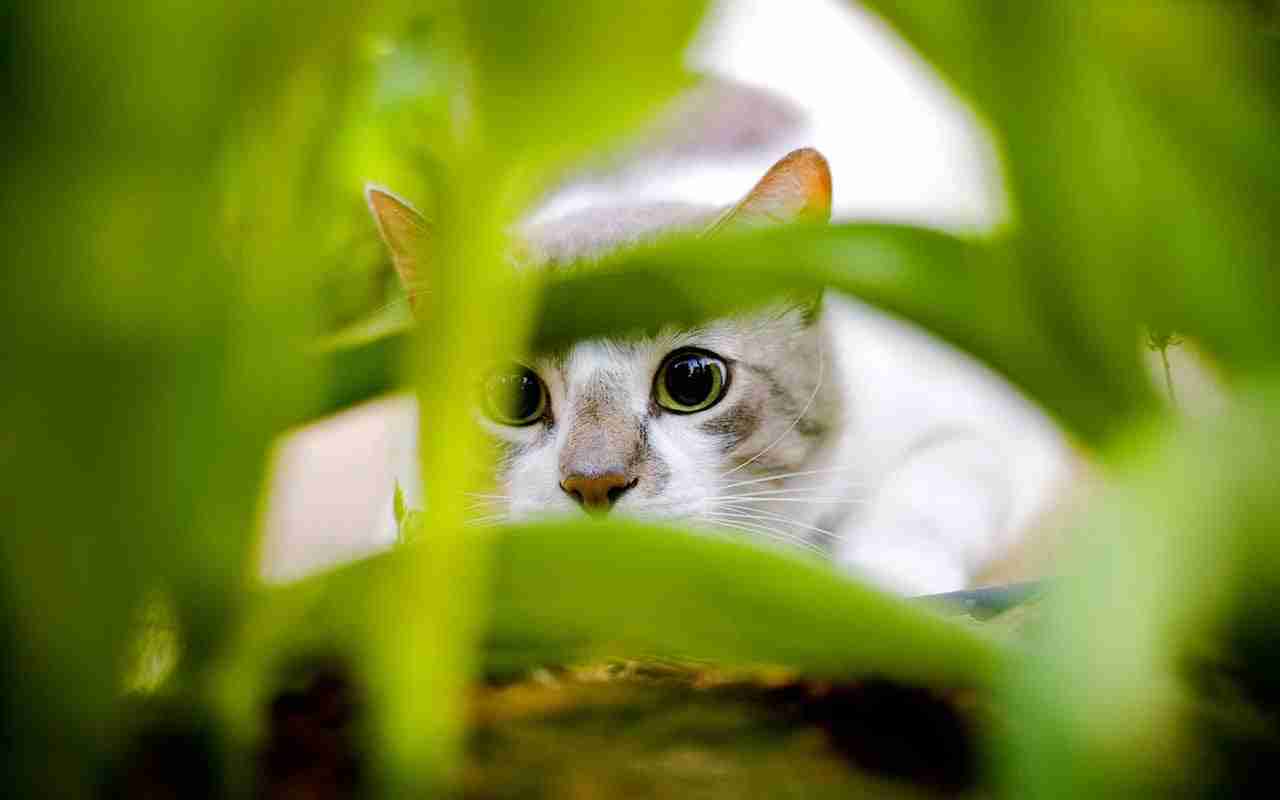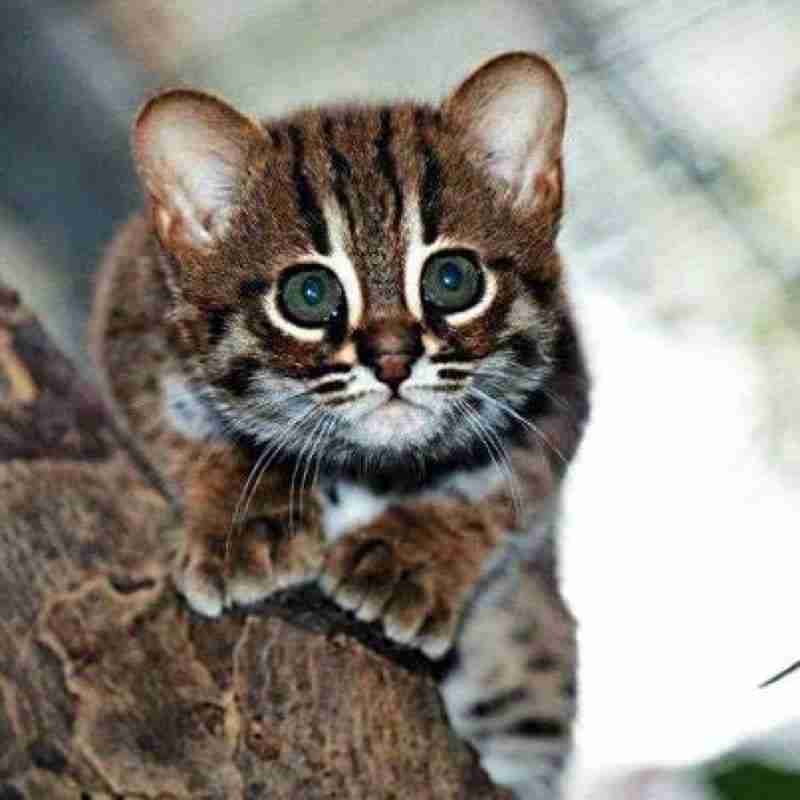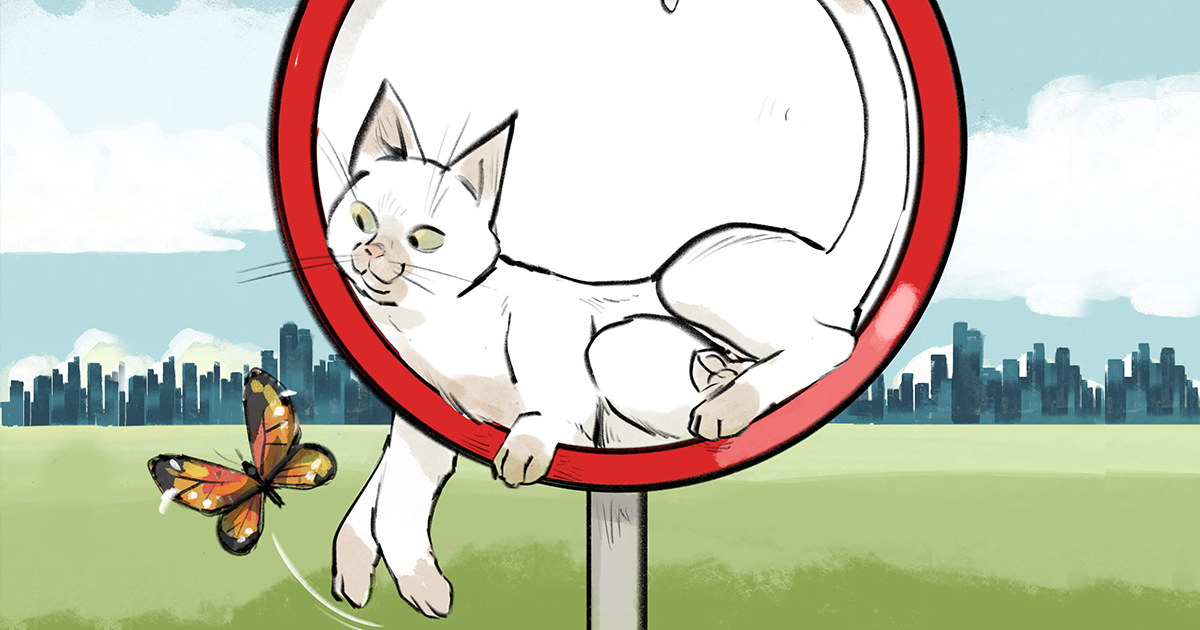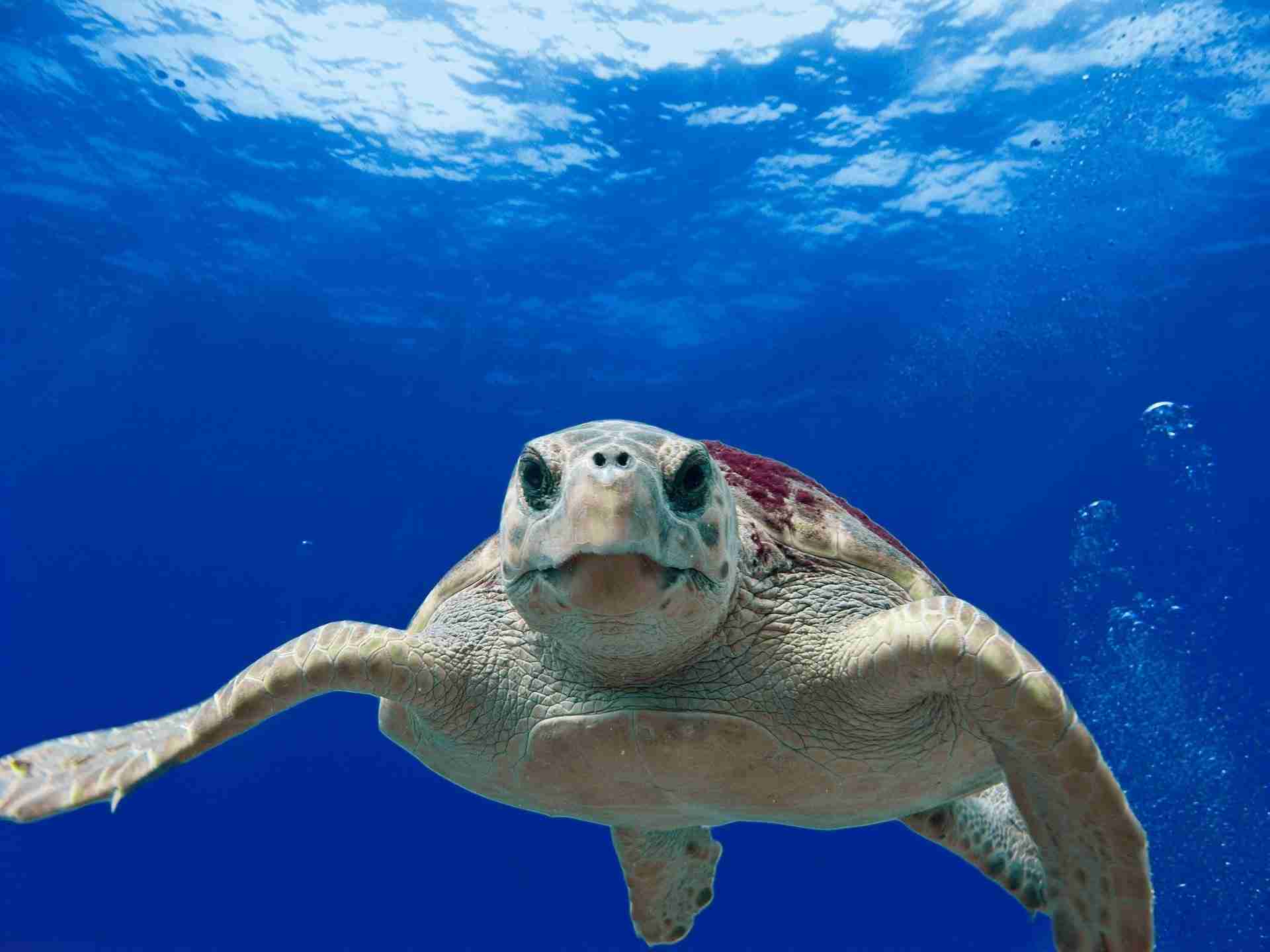The European wildcat: three ways you can help conservation efforts
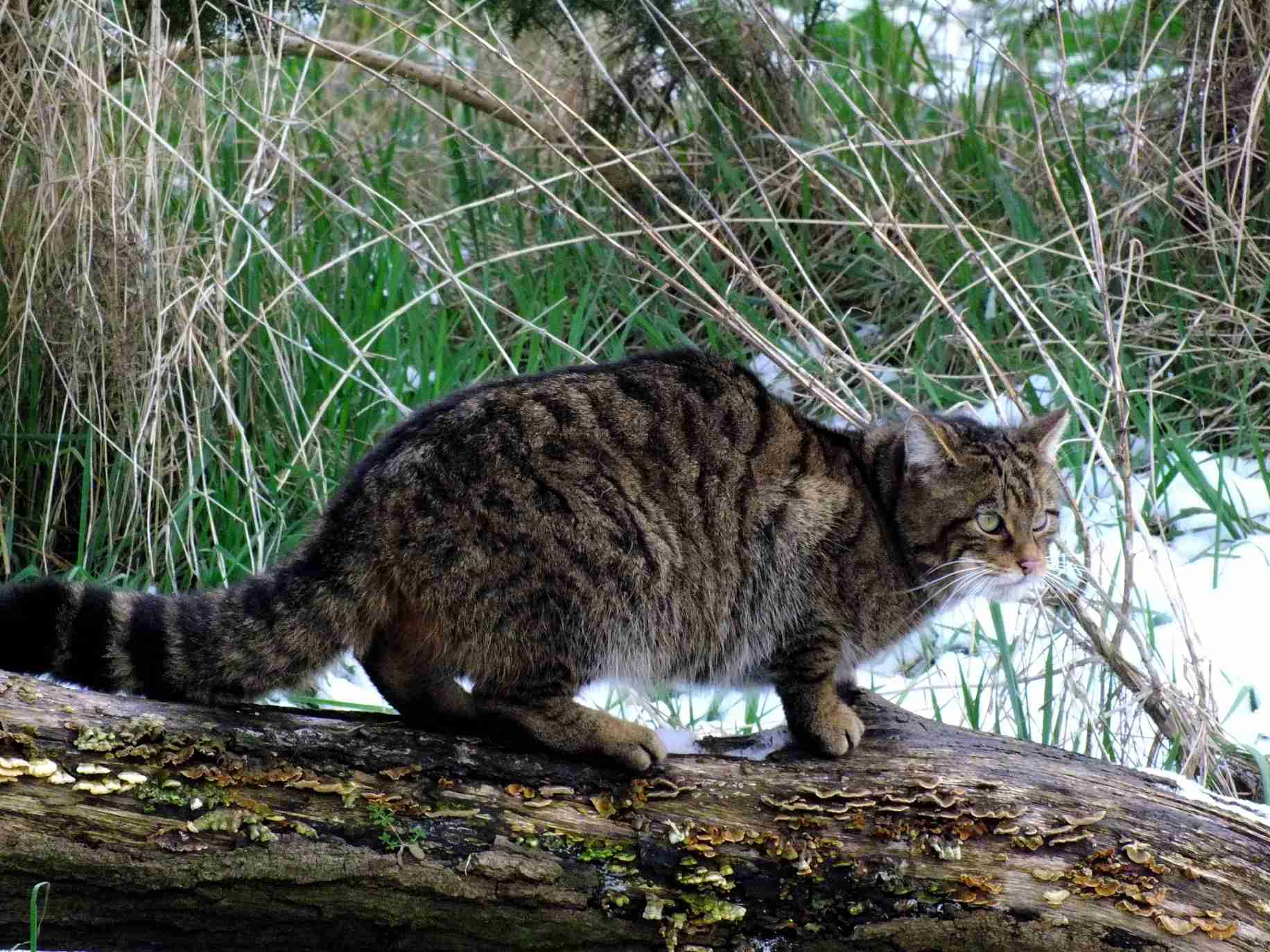
The European wildcat is one of the native wildcat species in Europe but it will go extinct if we don’t act. With one the main threats being close to our hearts and homes, the domestic cat, what can we do to help?
Increase awareness about the wildcat
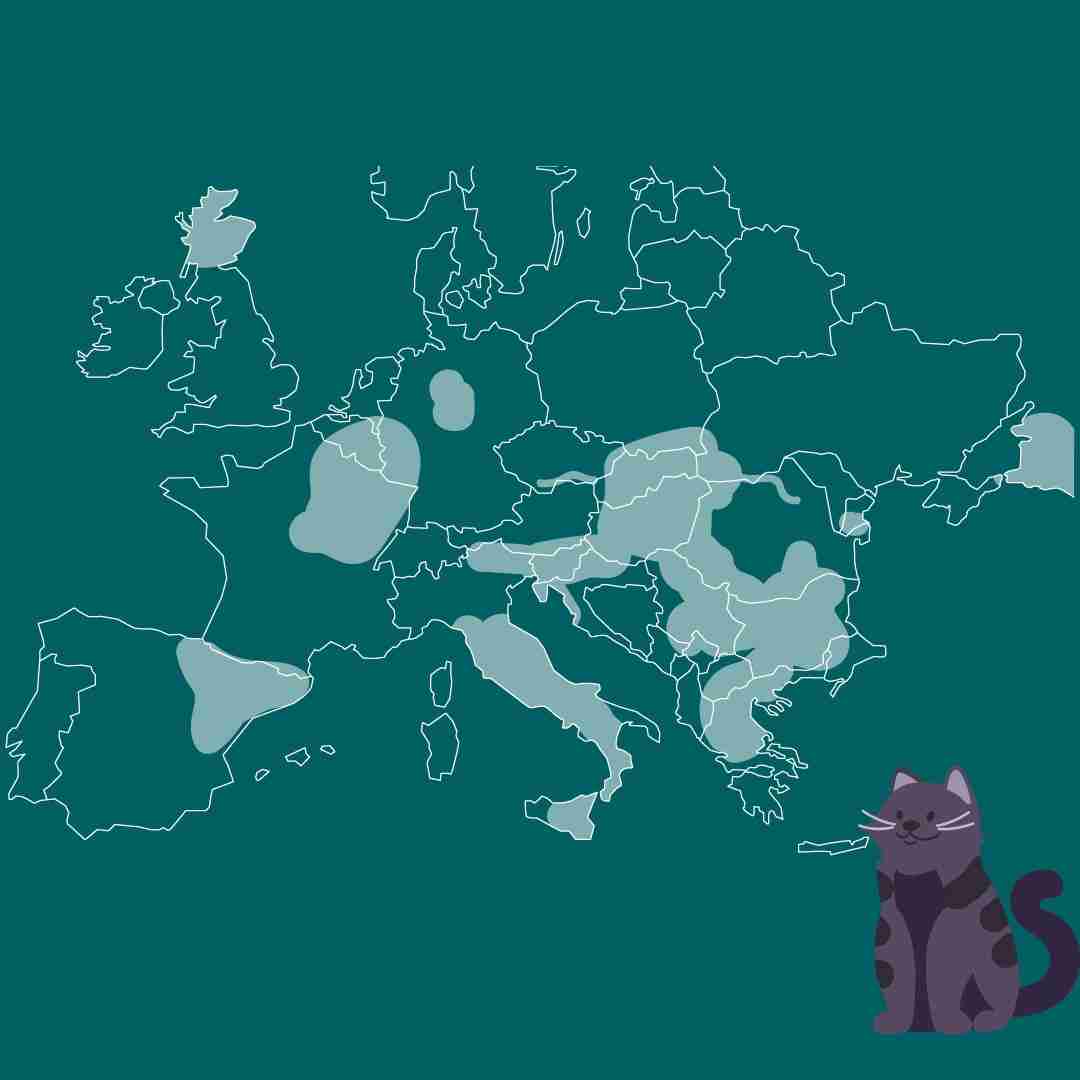
Support wildcat conservation efforts
Numerous efforts have been instigated in the past decades to save the European wildcat from actual extinction. In the EU, the wildcat is classified as a protected species, meaning that member states across the EU have to put efforts in place to make sure they don’t go extinct. One of the ways to ensure this is by reintroducing them in countries where they are disappearing/have disappeared entirely. Germany bred hundreds of wildcats in captivity during a 20-year reintroduction effort and has managed to achieve a population of 700 wildcats in German forests. England and Wales have embarked on a similar strategy and conservationists are currently training with Marianne Hartmann, big cat expert and wildcat breeder, who helped the strategy in Bavaria along. Read up on conservation activities in the UK and the EU to find out what you can do.Help tackle the real challenges that wildcats face
